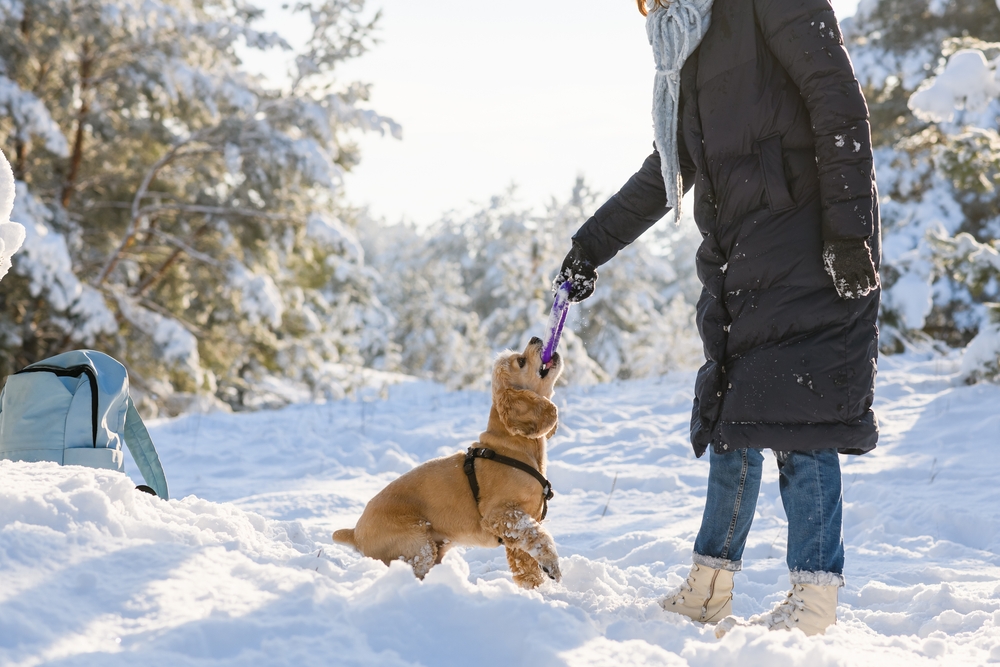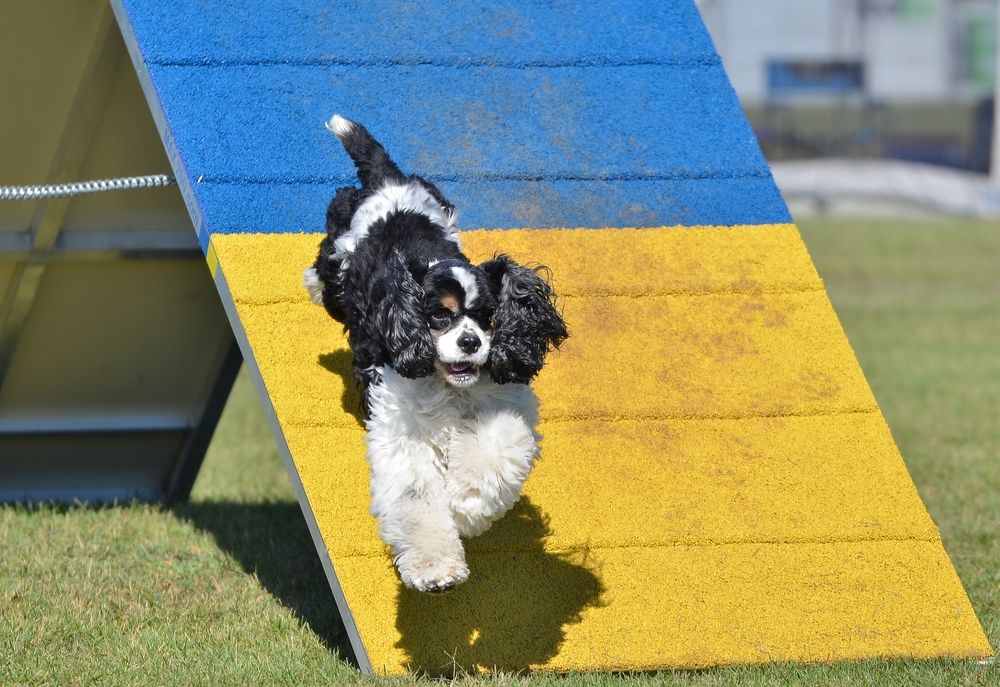Training and Obedience: Unleashing the Power of a Well-Trained Pet
Welcome to our comprehensive guide on training and obedience for your beloved pets. We understand the importance of having a well-behaved and obedient furry friend. A well-trained pet not only brings joy and companionship to your life but also ensures a harmonious and stress-free coexistence with them. In this article, we will delve deep into the intricacies of pet training, providing you with invaluable insights and practical tips to forge a strong bond with your pet.

Why Training Matters?
Pet training is more than just teaching your dog or cat to perform tricks. It’s about creating an environment where your pet understands boundaries and responds to commands consistently. A well-trained pet can participate in various activities, be it outdoor adventures or simply spending time at home with you and your family. Moreover, training enhances your pet’s cognitive abilities, relieves anxiety, and reduces the likelihood of behavior problems.


Understanding Your Pet's Behavior
Before we dive into training techniques, it’s essential to grasp the underlying behavior of your pet. Dogs and cats, being domesticated animals, have certain inherent instincts and natural tendencies. Understanding their needs and instincts will make training more effective and enjoyable.
Dogs
Canine Communication: Dogs communicate through body language, vocalizations, and scent marking. Tail wagging, barking, and different postures convey their emotions and intentions. As a responsible pet owner, observing and responding to these cues will strengthen your bond with your furry friend.
Pack Instincts: Dogs are pack animals by nature, and they thrive in an environment where there is a clear pack leader. Establishing yourself as the leader through training builds trust and respect between you and your pet.
Positive Reinforcement: Dogs respond best to positive reinforcement techniques. Rewarding good behavior with treats, praises, or playtime reinforces their desired actions.
Cats
Feline Body Language: Unlike dogs, cats communicate through subtle body language. Tail position, ear orientation, and vocalizations convey their mood and feelings. Learning to interpret these cues will help you better understand your feline companion.
Independent Nature: Cats have an independent nature, and they appreciate having their own space. Respect their need for solitude while also providing love and affection on their terms.
Clicker Training: Clicker training is a highly effective method for training cats. By associating the sound of a clicker with treats, you can shape their behavior and encourage positive actions.
Essential Training Techniques
1. Basic Commands:
Teaching your pet basic commands like sit, stay, come, and heel form the foundation of obedience training. Consistency is key, and short, regular training sessions work best.
2. House Training:
For dogs, house training is crucial to avoid indoor accidents. Establish a routine, reward outdoor elimination, and be patient during the learning process.
3. Leash Training:
Leash training ensures pleasant walks with your dog. Use positive reinforcement and gradually introduce them to the leash and collar.
4. Clicker Training:
Clicker training is an excellent technique for both dogs and cats. The click sound marks the desired behavior, followed by a treat, reinforcing positive actions.
5. Socialization:
Expose your pet to various environments, people, and animals to promote good behavior and reduce fear or aggression.

Troubleshooting Behavioral Issues
Even with the best training, pets may exhibit behavioral problems from time to time. Here are some common issues and how to address them:
1. Excessive Barking:
Barking is a natural way for dogs to communicate, but excessive barking can be problematic. Identify the triggers and use positive reinforcement to reward quiet behavior.
2. Separation Anxiety:
Pets may experience anxiety when left alone. Gradually increase alone time, provide engaging toys, and create a safe space to alleviate separation anxiety.
3. Destructive Chewing:
Chewing is normal for pets, but destructive chewing can be a sign of boredom or anxiety. Offer appropriate chew toys and discourage destructive behavior with gentle corrections.
The Power of Positive Reinforcement
We cannot stress enough the effectiveness of positive reinforcement in pet training. Reward-based training builds a strong bond between you and your furry companion. Be generous with praises, treats, and affection when your pet exhibits good behavior. Positive reinforcement fosters a loving and trusting relationship, making training a joyful experience for both you and your pet.


Training and Obedience
Congratulations! You’ve now become equipped with the knowledge and tools to train your pet effectively and foster a positive and nurturing relationship. Remember that training and obedience go hand in hand, creating a harmonious living environment for you and your beloved companion.